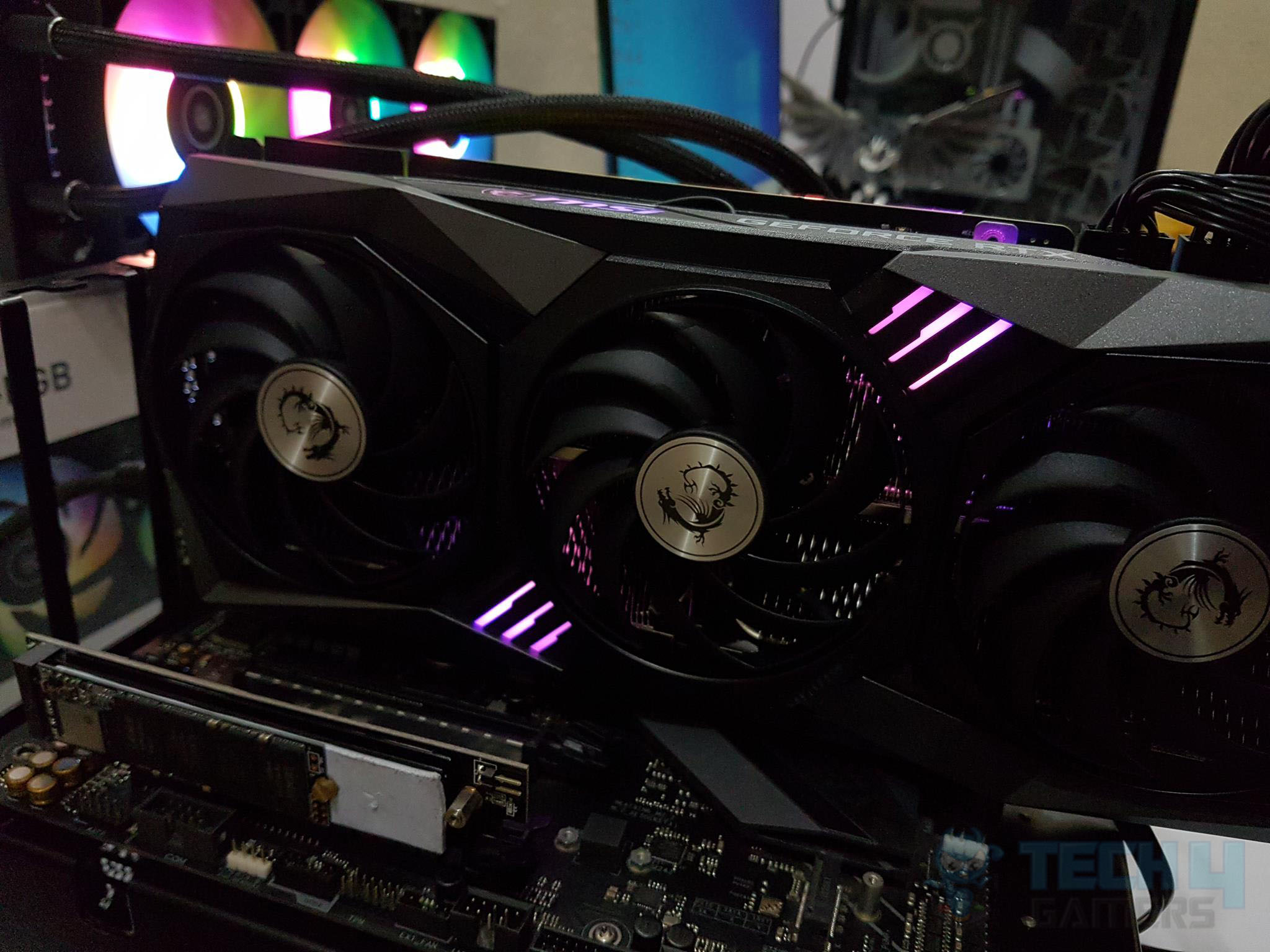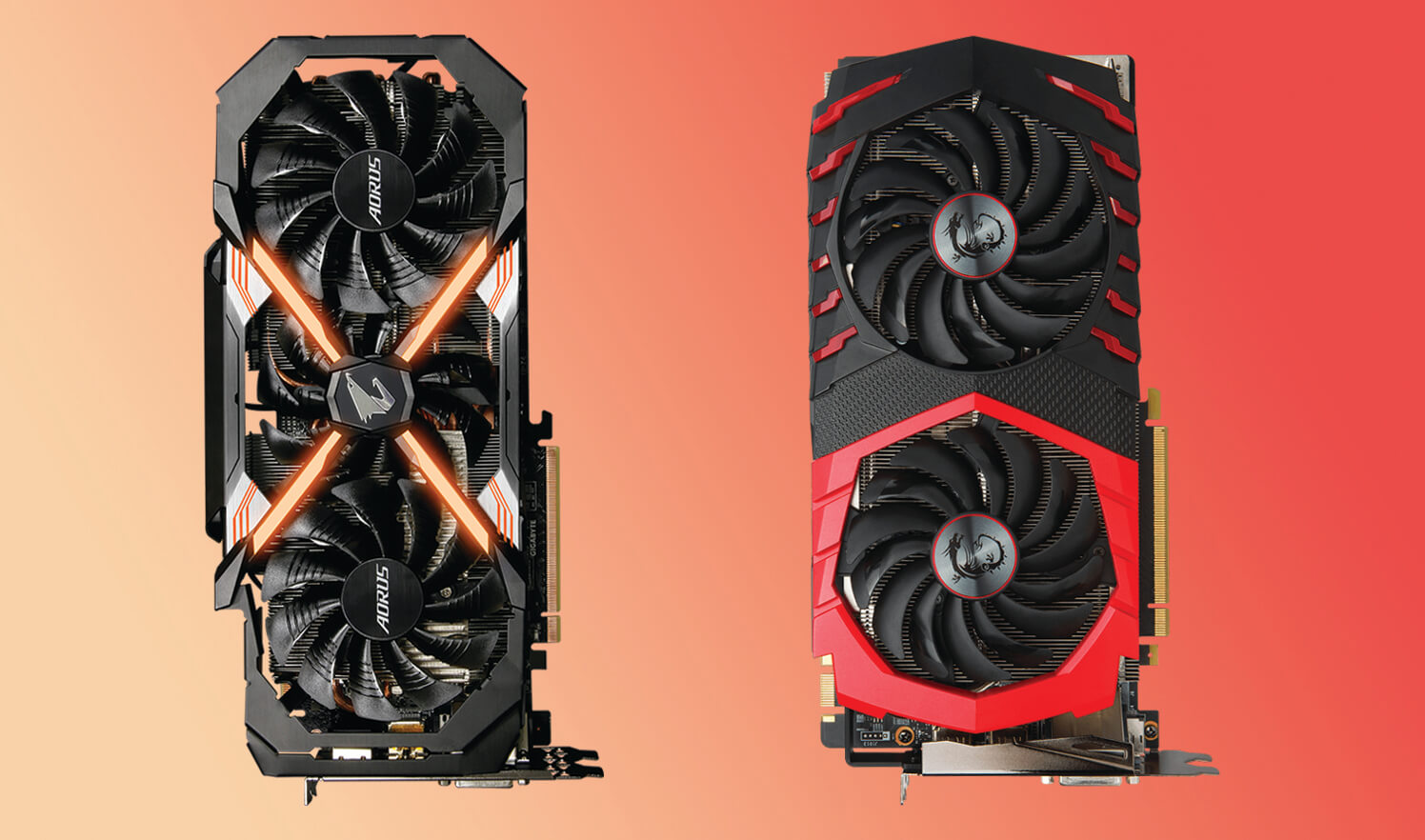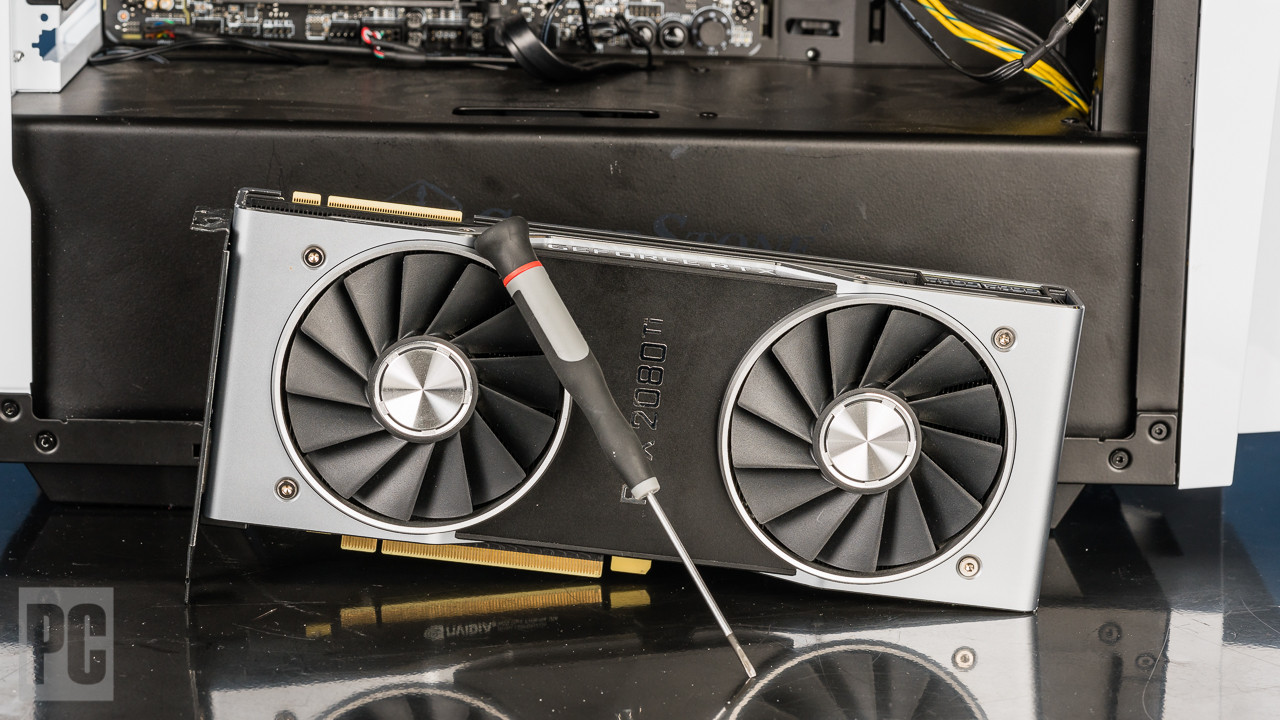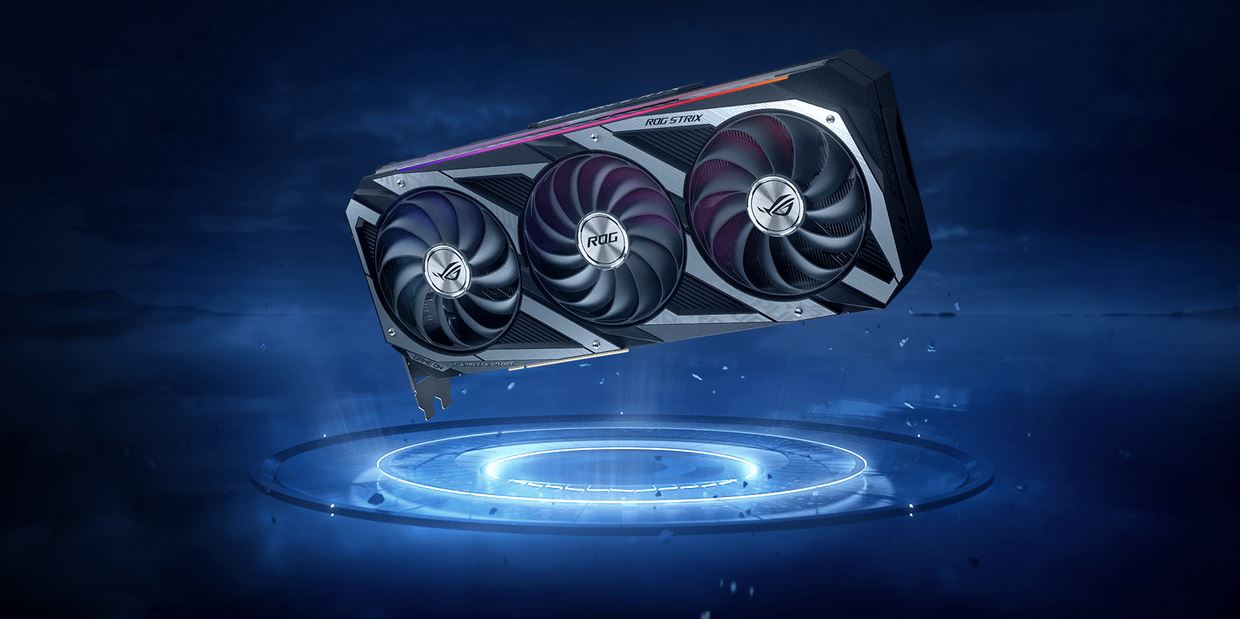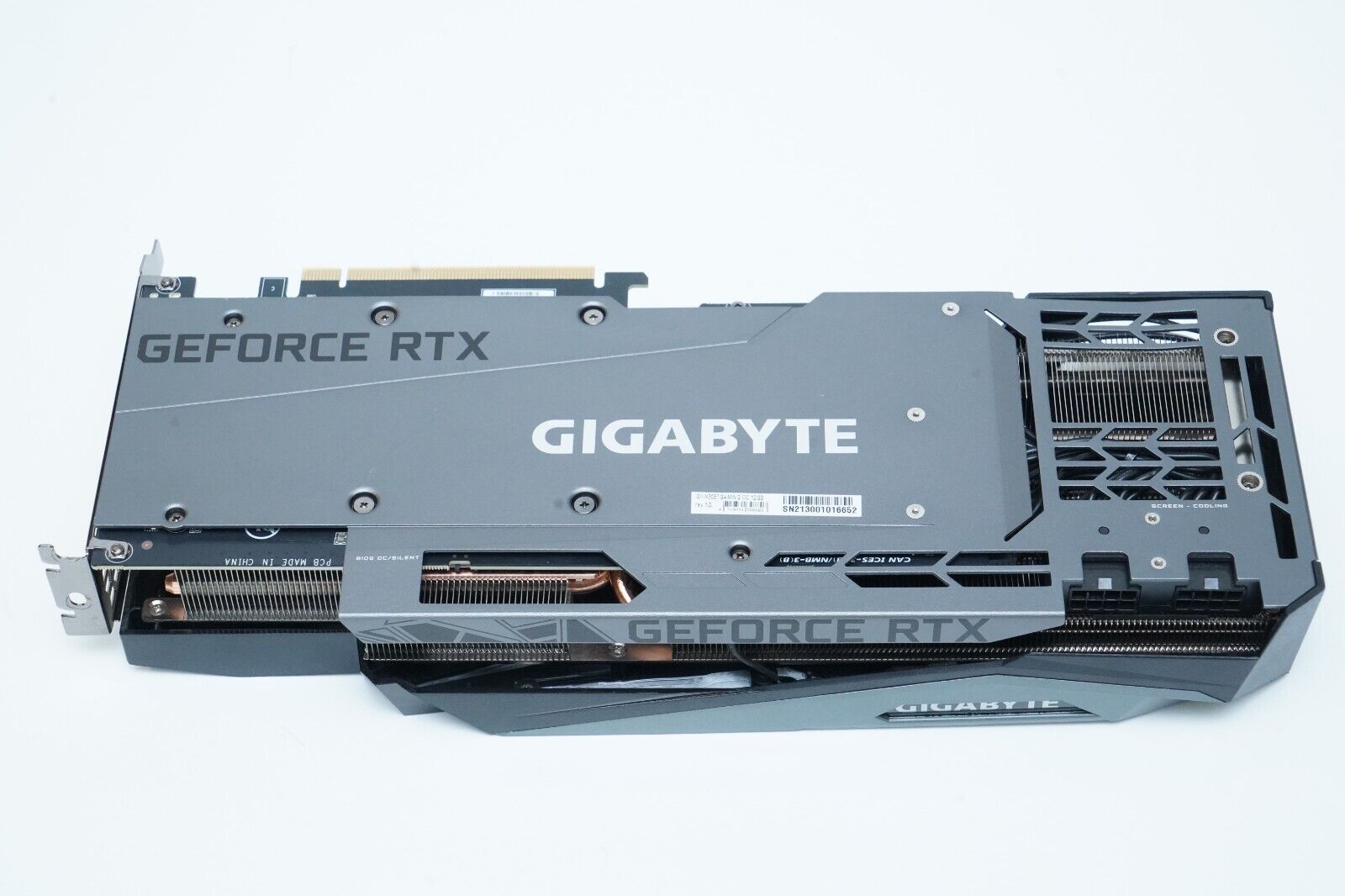Introduction
Knowing what GPU (Graphics Processing Unit) you have on your computer is essential for various reasons. Whether you’re a gamer looking to optimize your game settings, a software developer requiring specific GPU capabilities, or simply curious about your computer’s hardware, identifying your GPU can provide valuable insights.
In this article, we will explore different methods to check what GPU you have on your Windows 10, macOS, and Linux systems. We will cover both command-line options and GUI-based tools that can provide detailed information about your GPU.
By determining your GPU model and specifications, you can ensure that you have the necessary hardware requirements for running specific applications or games smoothly. Additionally, understanding your GPU can also help you troubleshoot graphics-related issues and make informed decisions when it comes to upgrading or replacing your graphics card.
Whether you’re a tech enthusiast or a casual computer user, this guide will equip you with the knowledge to identify your GPU with ease. So, let’s dive into the various methods available to check what GPU you have on your computer.
Checking GPU on Windows 10
Windows 10 offers multiple methods to check your GPU information. Here are a few approaches you can take:
- Using Command Prompt or PowerShell: Open the Command Prompt or PowerShell by searching for it in the Start menu. Then, type the command
dxdiagand press Enter. This will launch the DirectX Diagnostic Tool. In the “Display” tab, you’ll find the details of your GPU, including the manufacturer, model, and driver version. - Through Device Manager: Right-click on the Start menu and select “Device Manager.” In the Device Manager window, expand the “Display adapters” category to reveal your GPU. Right-click on your GPU and select “Properties.” In the “Details” tab, you can view various information about your GPU, such as the device name, vendor, and driver version.
- Using System Information Utility: Open the Start menu, search for “System Information,” and click on the matching result. In the System Information window, expand the “Components” category and select “Display.” Here, you will find the manufacturer, model, and other details pertaining to your GPU.
- With the DirectX Diagnostic Tool: Open the Run dialog by pressing
Win + Rand typedxdiag. Press Enter to open the DirectX Diagnostic Tool. Navigate to the “Display” tab to find information about your GPU, such as the chip type, DAC type, and memory size.
These methods provide quick and easy ways to check your GPU information on Windows 10. Whether you prefer using the command line, the Device Manager, or the System Information utility, you can access the details of your GPU and gain valuable insights into its specifications.
Checking GPU on macOS
Discovering your GPU information on macOS is a straightforward process. Here are a few methods you can use to check your GPU:
- Using System Information: Click on the Apple menu in the top left corner of your screen and select “About This Mac.” In the Overview tab, click on the “System Report” button. In the System Information window, navigate to the “Graphics/Displays” section. Here, you’ll find detailed information about your GPU, including the model name, vendor, and VRAM capacity.
- Through Terminal: Open the Terminal application by going to Applications -> Utilities -> Terminal. Type the command
system_profiler SPDisplaysDataTypeand press Enter. This will display detailed information about your GPU, including its model, VRAM size, and firmware version. - Using Third-Party Tools: There are various third-party applications available, such as “MacTracker” or “gfxCardStatus,” that provide comprehensive information about your GPU. These tools may offer additional features, such as monitoring GPU temperature and fan speed, along with detailed specifications.
With these methods, you can quickly identify your GPU on macOS. Whether you prefer using the System Information utility for a built-in solution or exploring third-party tools for additional features, obtaining details about your GPU is easy and accessible.
Checking GPU on Linux
Linux provides several methods to check your GPU information. Here are a few ways you can identify your GPU on a Linux system:
- Using the Terminal: Open the Terminal by searching for it in the applications menu or pressing
Ctrl + Alt + Tshortcut. Type the commandlspci -v | grep -A 1 VGAand press Enter. This will display information about your GPU, including the vendor, model, and driver in use. - Using the Additional Drivers Tool: Some Linux distributions, like Ubuntu, provide an “Additional Drivers” tool that allows you to manage graphics drivers and view information about your GPU. Search for “Additional Drivers” in the applications menu to access this tool and view GPU details.
- Through System Monitoring Applications: Linux offers several system monitoring applications, such as “HardInfo” or “Neofetch,” that provide detailed hardware information, including your GPU. Install one of these tools from your package manager and launch it to find GPU-related information.
With these methods, you can easily check your GPU information on a Linux system. Whether you prefer using the terminal for a command-line approach or opt for system monitoring applications, Linux provides versatile options to retrieve detailed GPU specifications.
Checking GPU using Command Prompt or Terminal
If you prefer a command-line approach, you can check your GPU information using the Command Prompt in Windows or the Terminal in macOS and Linux. Here’s how:
- Windows: Open the Command Prompt by searching for “cmd” in the Start menu. Alternatively, you can use the
Win + Rshortcut to open the Run dialog, type “cmd,” and press Enter. Once the Command Prompt is open, type the commanddxdiagand press Enter. The DirectX Diagnostic Tool will launch, displaying detailed information about your GPU, including the manufacturer, model, and driver version. - macOS and Linux: Open the Terminal application. Type the command
lspci -v | grep -A 1 VGAand press Enter. This command will provide information about your GPU, such as the vendor, model, and driver being used.
Using the Command Prompt in Windows or the Terminal in macOS and Linux allows you to quickly retrieve GPU information without the need for a graphical interface. These commands provide essential details about your GPU, empowering you with the knowledge to understand your graphics capabilities.
Checking GPU using Device Manager
Device Manager is a built-in Windows tool that allows you to manage and view information about the hardware devices installed on your computer. You can use Device Manager to check your GPU information in just a few simple steps:
- Open Device Manager: Right-click on the Start menu and select “Device Manager” from the context menu. Alternatively, you can press
Win + Xand choose “Device Manager” from the list. - Expand Display Adapters: In the Device Manager window, find the “Display adapters” category and click on the arrow next to it to expand the category.
- View GPU Details: Your GPU will be listed under the “Display adapters” category. Right-click on your GPU and select “Properties.” In the new window, navigate to the “General” tab to view details about your GPU, including the device name, vendor, driver information, and more.
Device Manager provides a convenient method for checking your GPU information on Windows. By following these steps, you can quickly access essential details about your GPU, such as the manufacturer, model, and driver version.
Checking GPU using DirectX Diagnostic Tool
The DirectX Diagnostic Tool is a Windows utility that provides detailed information about your computer’s DirectX capabilities, including your GPU. Follow these steps to check your GPU using the DirectX Diagnostic Tool:
- Open the DirectX Diagnostic Tool: Press the
Win + Rkey combination to open the Run dialog. Type “dxdiag” and press Enter. The DirectX Diagnostic Tool will open. - Navigate to the Display tab: Once the DirectX Diagnostic Tool is open, click on the “Display” tab. This tab contains information about your GPU and display settings.
- View GPU information: In the “Display” tab, you will find various details about your GPU, including the name, manufacturer, chip type, and memory size. You can also see the driver information and DirectX version being used.
- Additional GPU-related information: Along with basic GPU details, the DirectX Diagnostic Tool also provides additional information such as the display resolution, refresh rate, and DirectX features supported by your GPU.
The DirectX Diagnostic Tool offers a convenient way to check your GPU information on Windows. By following these simple steps, you can quickly access vital details about your GPU, including its manufacturer, model, and various other specifications.
Checking GPU using System Information Utility
The System Information utility is a built-in tool in Windows that provides detailed information about your computer’s hardware and software configurations. You can use this utility to check your GPU information by following these steps:
- Open the System Information utility: Press the
Win + Rkey combination to open the Run dialog. Type “msinfo32” and press Enter. The System Information window will open. - Navigate to the Display category: In the System Information window, locate and click on the “Components” category in the left pane. Then, click on “Display” to expand the category.
- View GPU details: Under the “Display” category, you will find information about your GPU, including the name, manufacturer, and driver information. You can also find details such as the total available graphics memory and the current display mode.
- Additional GPU-related information: The System Information utility provides additional information about your GPU, such as the resolution of your monitor, the refresh rate, and the DirectX version in use.
The System Information utility in Windows offers a straightforward method to check your GPU information. By following these steps, you can quickly access important details about your GPU, including the manufacturer, model, driver information, and other relevant specifications.
Conclusion
Identifying the GPU on your computer is crucial for various purposes, such as optimizing game settings, troubleshooting graphics issues, or determining hardware compatibility for software development. We’ve explored different methods for checking GPU information on Windows 10, macOS, and Linux systems.
On Windows 10, you can use tools like the Command Prompt, Device Manager, and the DirectX Diagnostic Tool to quickly retrieve GPU details. The System Information utility provides a convenient way to gather information about your GPU.
macOS users can rely on the System Information utility or utilize commands in the Terminal to check GPU information. Third-party tools are also available for more in-depth GPU monitoring.
Linux users can utilize the Terminal to access GPU details using the lspci command. There are system monitoring applications and package managers that can provide GPU-related information as well.
Whether you prefer command-line interfaces or graphical user interfaces, the methods provided in this article give you the flexibility to check what GPU you have on your system. By understanding your GPU model and specifications, you can make informed decisions related to software requirements, performance optimizations, and hardware upgrades.
Remember to periodically check your GPU information, especially before purchasing software or games that have specific graphics requirements. Stay informed about the capabilities of your GPU to get the most out of your computing experience.
Now that you have the knowledge and tools to check your GPU, you can explore and utilize the full potential of your computer’s graphics capabilities.









